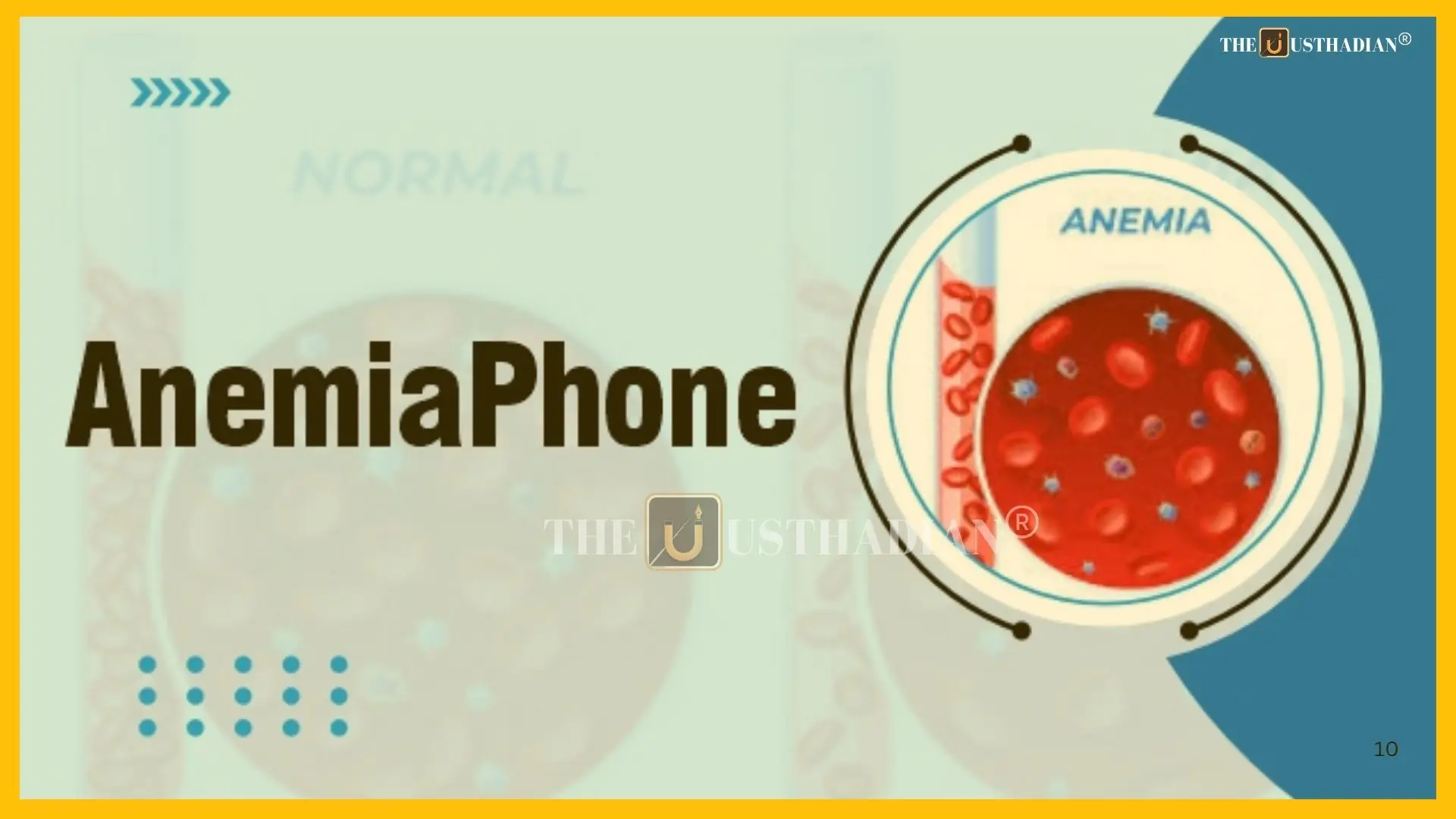What Is AnemiaPhone and Why It Matters
AnemiaPhone: A Tech Breakthrough in India’s War on Anaemia : AnemiaPhone is a portable device designed to detect iron deficiency using just a drop of blood. Developed by Cornell University and transferred to ICMR in India on November 7, 2024, it sends results through a mobile app to a central database for instant diagnosis. It’s designed for rural and tribal settings, needing no lab or electricity, making it a low-cost, high-impact tool in the fight against anaemia — a condition that affects 57% of Indian women and 67.1% of children.
Supporting the Anaemia Mukt Bharat Mission
Launched in 2018, the Anaemia Mukt Bharat (AMB) campaign targets six groups: children, adolescents, pregnant women, lactating mothers, reproductive-age women, and school children. The 6x6x6 model focuses on six interventions, including testing, treatment, supplements, deworming, diet change, and awareness. AnemiaPhone accelerates this by providing on-the-spot detection, enabling immediate treatment during field visits by ASHA and Anganwadi workers, even in hard-to-reach areas.
How It Works on the Ground
A health worker in a remote village collects a drop of blood using a test strip. The result is generated within minutes and uploaded via a mobile app. If anaemia is detected, the worker can immediately provide iron and folic acid tablets, dietary advice, or recommend further treatment. For example, a pregnant woman in Jharkhand can now be tested during a home visit and start treatment the same day — a big shift from traditional lab-based delays.
Challenges and Opportunities
While AnemiaPhone is promising, challenges include:
- Training frontline workers to use the device
- Ensuring battery/internet connectivity in remote areas
- Overcoming social stigma and raising awareness about anaemia
Even so, it reflects India’s commitment to tech-enabled public health. With support from ICMR and state health departments, AnemiaPhone could revolutionize rural diagnostics in India.
STATIC GK SNAPSHOT FOR COMPETITIVE EXAMS
| Topic | Fact |
| Device Name | AnemiaPhone |
| Developed By | Cornell University |
| Transferred To | Indian Council of Medical Research (ICMR) |
| Date of Transfer | November 7, 2024 |
| Function | Drop-of-blood anaemia detection via mobile app |
| Anaemia Mukt Bharat Launch | 2018 |
| Target Groups | 6 – Children, Adolescents, Pregnant/Lactating Women, Reproductive-age Women, School Children |
| Prevalence in Women (15–49 yrs) | 57% |
| Prevalence in Children (6–59 mo) | 67.1% |
| 6x6x6 Strategy | 6 targets, 6 interventions, 6 institutional mechanisms |








